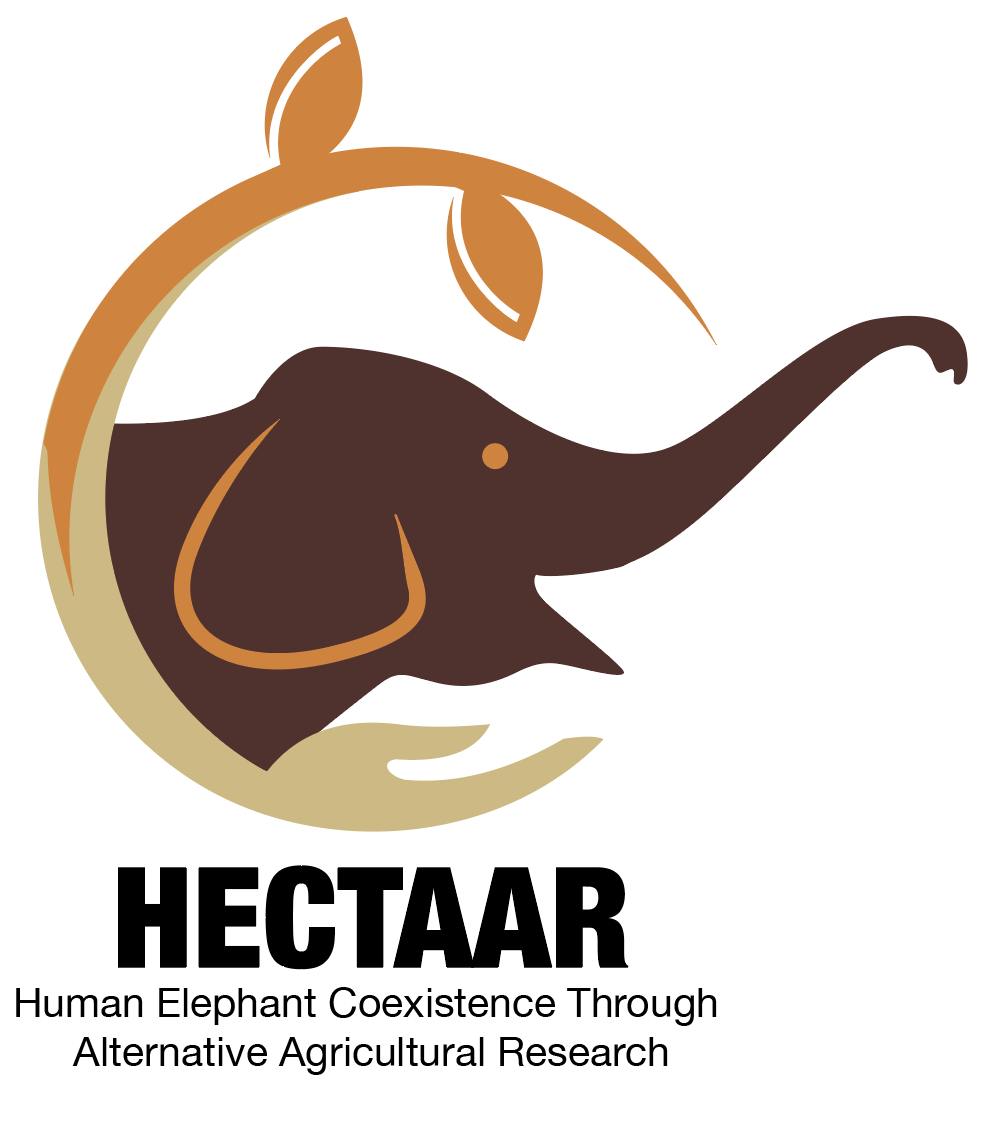Land-use is fundamentally at the root of conflicts with wildlife, including elephants. The purpose of this working group is to study and develop economically viable agricultural practices that are compatible with land-sharing between people and elephants, facilitating coexistence. It is an inter-disciplinary group consisting of biologists, social scientists, agricultural specialists and others who are interested in ensuring multi-use landscapes can continue to serve the needs of both people and the biosphere.
Rebuilding Resilience in Socio-Ecological Systems |
|
What is a socioecological system?
We all live in socio-ecological systems insofar as humans are not separate from the natural resources we use to sustain ourselves. Our actions affect everything on the landscape, and vice versa. Some of these links are local, others may be distant. This terminology is just a lens through which to acknowledge and study these linkages.
Agricultural landscapes represent some of our most immediate connections to the land. Agro-ecological systems, especially those found in traditional communities, are also closely tied up with social systems themselves. Dominant, resource-intensive paradigms of agricultural production today, which are exclusionary of wildlife, set up both social and ecological conflicts. "Crop-raiding" by elephants is a consequence of both changes to traditional land-use practices, coupled with the loss and fragmentation of natural habitats. Elephants therefore impose a heavy cost on local communities, although they and their ecosystems may simultaneously provide benefits to society, both locally and globally. Climate change represents an added stress for vulnerable human as well as animal communities.
In line with our mission of compassionate conservation, the goal of this working group is to both study the fundamental reasons for conflict between agriculturalists and elephants, as well as develop and rigorously test interventions that are intended to simultaneously support livelihoods, rebuild the resilience of communities and landscapes across different countries and cultures.
We all live in socio-ecological systems insofar as humans are not separate from the natural resources we use to sustain ourselves. Our actions affect everything on the landscape, and vice versa. Some of these links are local, others may be distant. This terminology is just a lens through which to acknowledge and study these linkages.
Agricultural landscapes represent some of our most immediate connections to the land. Agro-ecological systems, especially those found in traditional communities, are also closely tied up with social systems themselves. Dominant, resource-intensive paradigms of agricultural production today, which are exclusionary of wildlife, set up both social and ecological conflicts. "Crop-raiding" by elephants is a consequence of both changes to traditional land-use practices, coupled with the loss and fragmentation of natural habitats. Elephants therefore impose a heavy cost on local communities, although they and their ecosystems may simultaneously provide benefits to society, both locally and globally. Climate change represents an added stress for vulnerable human as well as animal communities.
In line with our mission of compassionate conservation, the goal of this working group is to both study the fundamental reasons for conflict between agriculturalists and elephants, as well as develop and rigorously test interventions that are intended to simultaneously support livelihoods, rebuild the resilience of communities and landscapes across different countries and cultures.
Working Group Participants
|
What does group participation entail?
Participating in the group entails:
How to become involved?
If you are interested in joining the working group please contact us via the contact page. Relevant Publications
Salerno, J, K Bailey, AE Gaughan, FR Stevens, TL Cassidy, MD Drake, NG Pricope, and J Hartter. "Wildlife impacts and vulnerable livelihoods in a transfrontier conservation landscape." Conservation Biology (2020). | ||||||||


